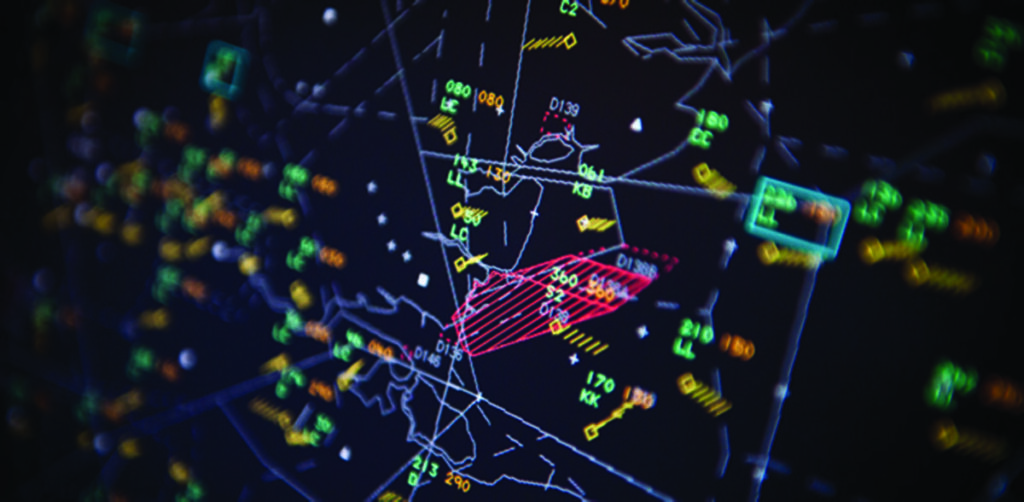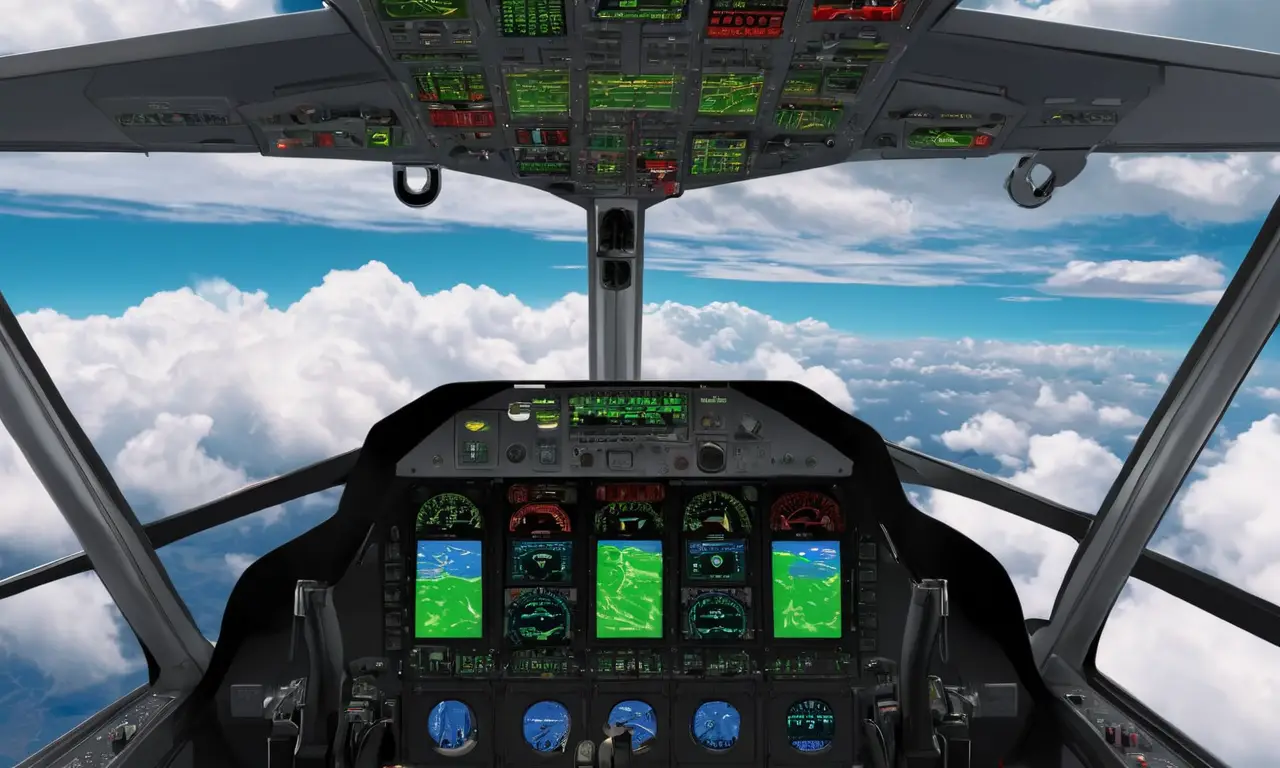
Maintaining accurate awareness of an aircraft’s speed is paramount for safe and efficient flight operations. Pilots rely on precise data to make critical decisions regarding altitude, course adjustments, and landing procedures. To ensure this accuracy, specialized systems are employed to monitor and display real-time flight information. These systems utilize a variety of indicators, including the crucial speed monitored by aircraft sign, which provides pilots with essential velocity data for informed decision-making.
This article delves into the intricacies of aircraft speed monitoring systems, exploring their components, functionalities, and significance in aviation safety and regulatory compliance. We will examine how these systems provide real-time flight data, including airspeed and ground speed indicators, and highlight their role in ensuring adherence to strict aviation regulations.
Aircraft Speed Monitoring Systems
Aircraft speed monitoring systems are sophisticated technological marvels designed to accurately measure and display an aircraft’s velocity during flight. These systems typically consist of several key components:
- Pitot-Static System: This fundamental system measures airspeed by comparing the pressure of static air with the pressure of ram air (air flowing into the pitot tube). The difference in pressure is used to calculate the aircraft’s speed relative to the surrounding air.
Airspeed Indicator: This instrument displays the aircraft’s airspeed, which is the speed at which it is moving through the air. It provides pilots with a crucial indication of their current velocity and helps them maintain safe flight parameters.
Mach Meter: For high-altitude flights, where air density decreases significantly, a mach meter is used to measure the aircraft’s speed relative to the speed of sound. This measurement is expressed as a Mach number, which indicates the ratio of the aircraft’s speed to the local speed of sound.
- Ground Speed Indicator: This instrument displays the aircraft’s ground speed, which is its actual speed over the Earth’s surface. It takes into account wind velocity and direction to provide pilots with a more accurate representation of their movement relative to the ground.
Real-Time Flight Data

Aircraft speed monitoring systems provide real-time flight data, enabling pilots and air traffic control to maintain constant awareness of an aircraft’s velocity. This information is crucial for:
- Navigation: Accurate airspeed and ground speed readings are essential for pilots to navigate effectively, calculate fuel consumption, and estimate arrival times.
- Altitude Control: Airspeed plays a vital role in maintaining altitude. Pilots adjust their throttle settings based on airspeed to ensure the aircraft remains at the desired altitude.
- Maneuvering: During takeoff, landing, and other maneuvers, pilots rely on precise airspeed readings to control the aircraft’s movement and maintain stability.
Airspeed and Ground Speed Indicators
Airspeed and ground speed indicators are fundamental instruments in aircraft cockpits, providing pilots with essential velocity data for safe flight operations.
Airspeed Indicator
The airspeed indicator displays the aircraft’s airspeed, which is its speed relative to the surrounding air. This measurement is crucial for various flight phases:
- Takeoff: Pilots use airspeed readings to ensure they reach the required takeoff speed for lift-off.
- Cruise Flight: During cruising altitude, pilots maintain a specific airspeed range for optimal fuel efficiency and stability.
- Landing: Pilots adjust their airspeed during descent and approach to prepare for a safe landing.
Ground Speed Indicator
The ground speed indicator displays the aircraft’s actual speed over the Earth’s surface, taking into account wind velocity and direction. This measurement is essential for:
- Navigation: Pilots use ground speed to calculate their position and estimate arrival times accurately.
- Fuel Consumption: Ground speed influences fuel consumption rates, allowing pilots to monitor their fuel usage effectively.
- Weather Avoidance: Pilots can use ground speed information to adjust their flight path and avoid adverse weather conditions.
Aviation Safety and Compliance

Aircraft speed monitoring systems play a critical role in ensuring aviation safety and regulatory compliance. By providing accurate real-time flight data, these systems enable pilots to:
- Maintain Safe Flight Parameters: Accurate airspeed and ground speed readings allow pilots to adhere to established flight regulations and maintain safe operating altitudes and speeds.
- Prevent Accidents: Timely awareness of an aircraft’s velocity helps pilots avoid potential collisions with other aircraft or obstacles.
- Respond Effectively to Emergencies: In emergency situations, accurate speed information is crucial for pilots to make quick decisions and execute appropriate maneuvers.
Regulatory Requirements
Aviation authorities worldwide impose strict regulations on aircraft speed monitoring systems to ensure safety and compliance. These regulations typically include:
- System Certification: Aircraft speed monitoring systems must undergo rigorous testing and certification processes to meet established performance standards.
- Instrument Accuracy: Instruments must be calibrated regularly to maintain accuracy and reliability.
- Pilot Training: Pilots are required to receive comprehensive training on the operation and interpretation of aircraft speed monitoring systems.
Conclusion
Aircraft speed monitoring systems are indispensable components of modern aviation, providing pilots with real-time flight data for safe and efficient operations. These sophisticated systems utilize a combination of sensors, indicators, and regulatory frameworks to ensure accurate velocity measurements and promote adherence to strict aviation safety standards. By enabling pilots to maintain precise control over an aircraft’s speed, these systems contribute significantly to the overall safety and efficiency of air travel.
